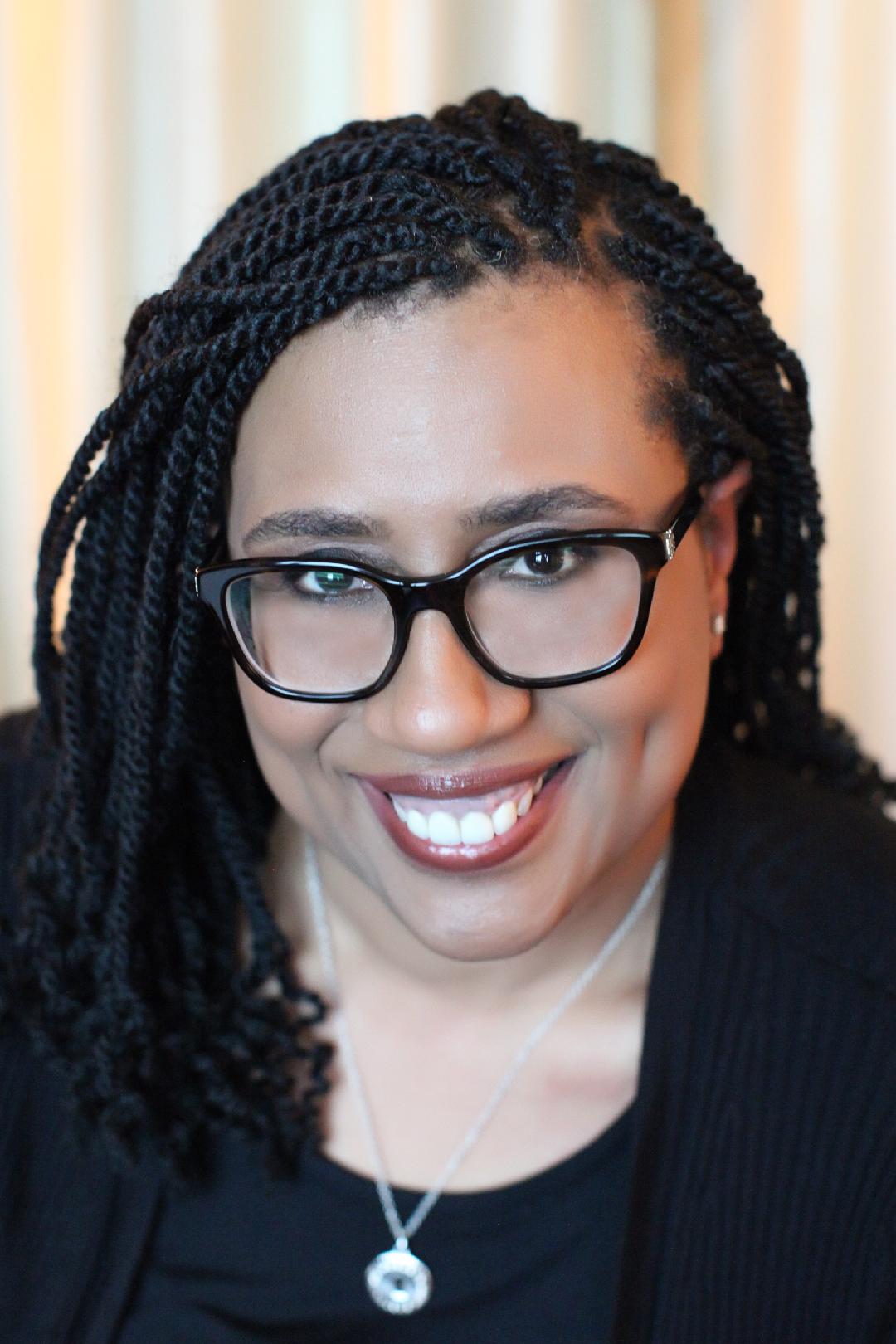Dina Nayeri on Writing The Ungrateful Refugee
Dina Nayeri’s first two books, the novels A Teaspoon of Earth and Sea and Refuge, pulled in threads from her life; her Iranian childhood, her time as a refugee in Italy, her settling in America. The second book in particular flowed from mind to pen, from pen to page. “It just fell out of me,” Nayeri said. Only when she arrived at her latest book and first work of nonfiction, The Ungrateful Refugee, did Nayeri really grapple with what to say, and how.























